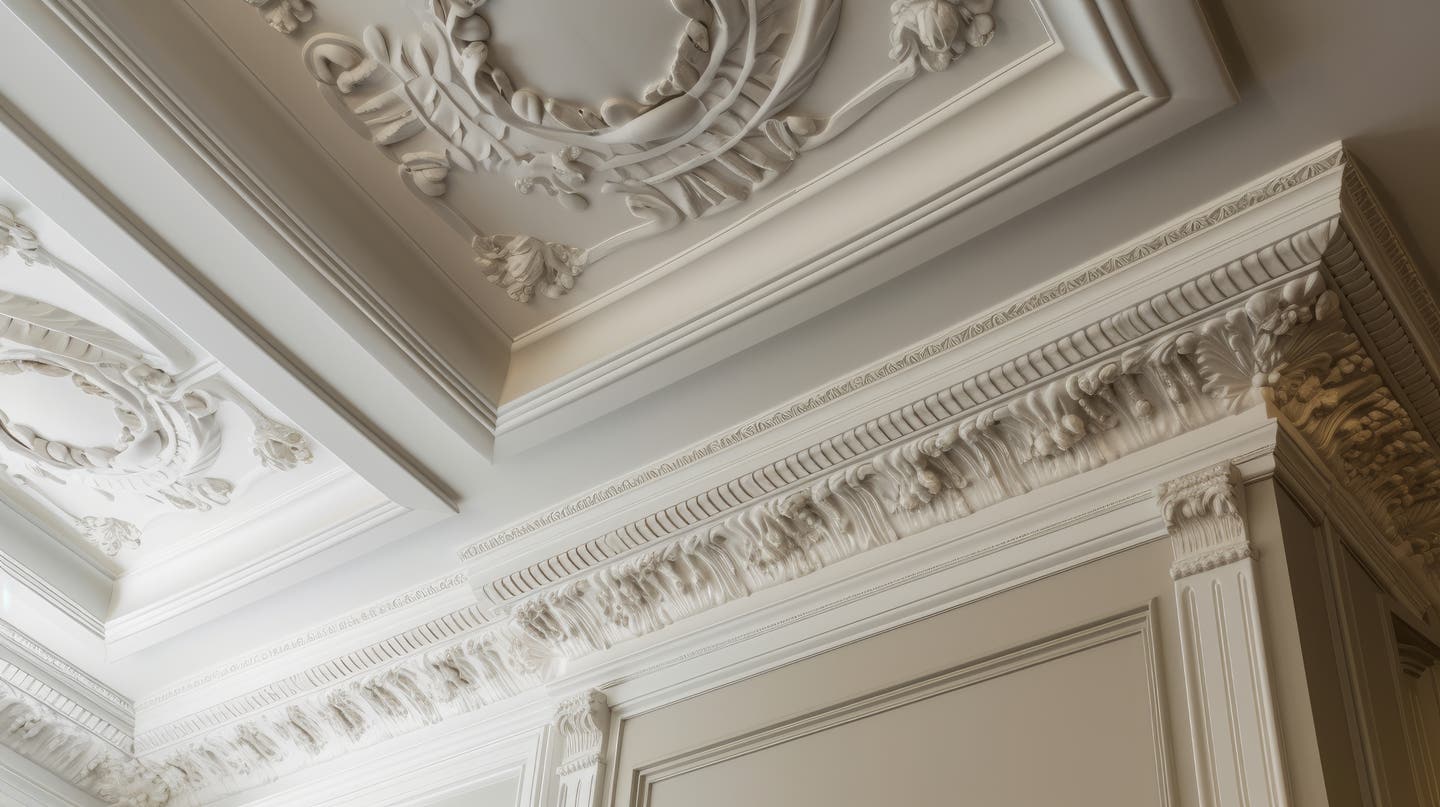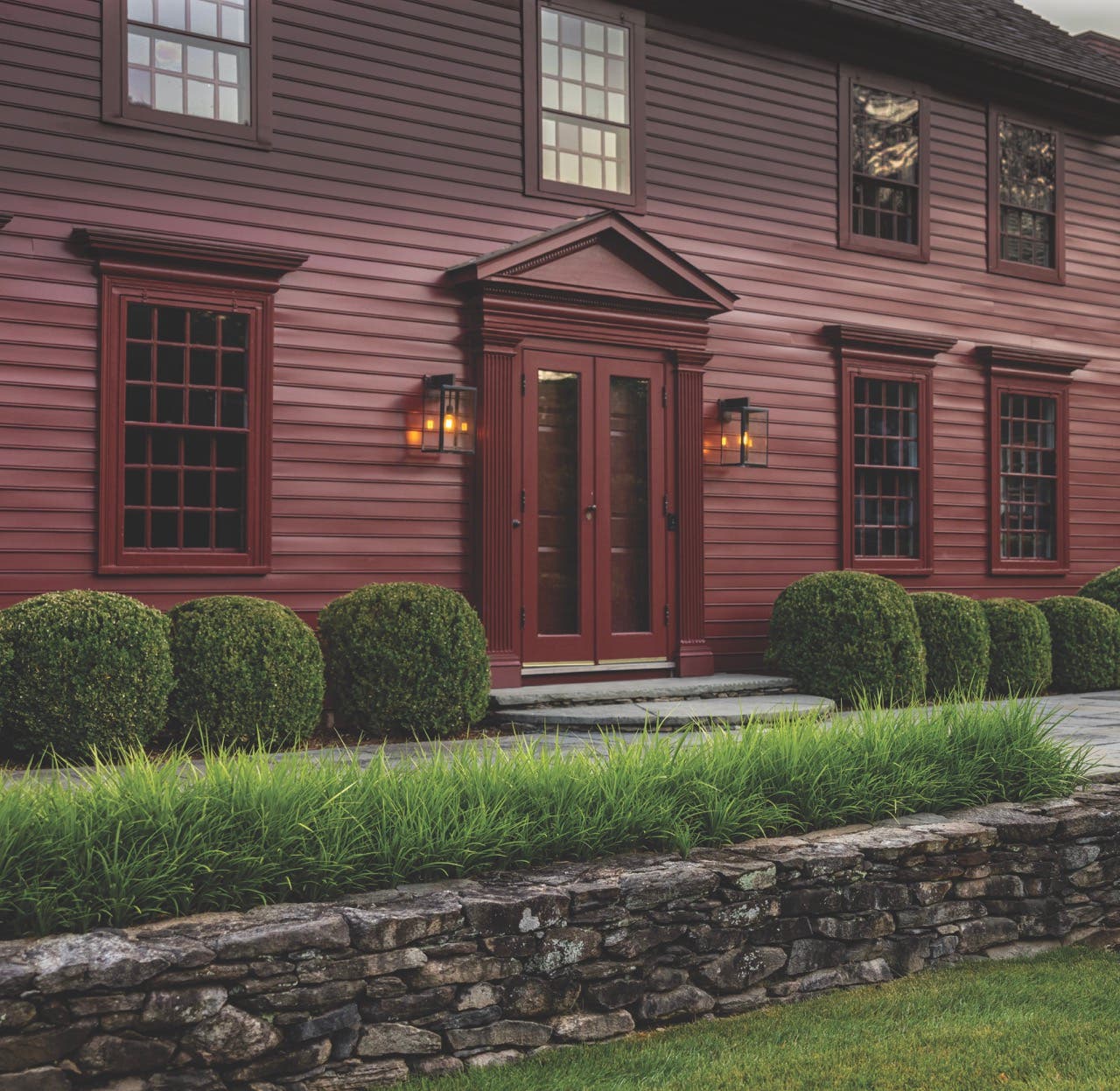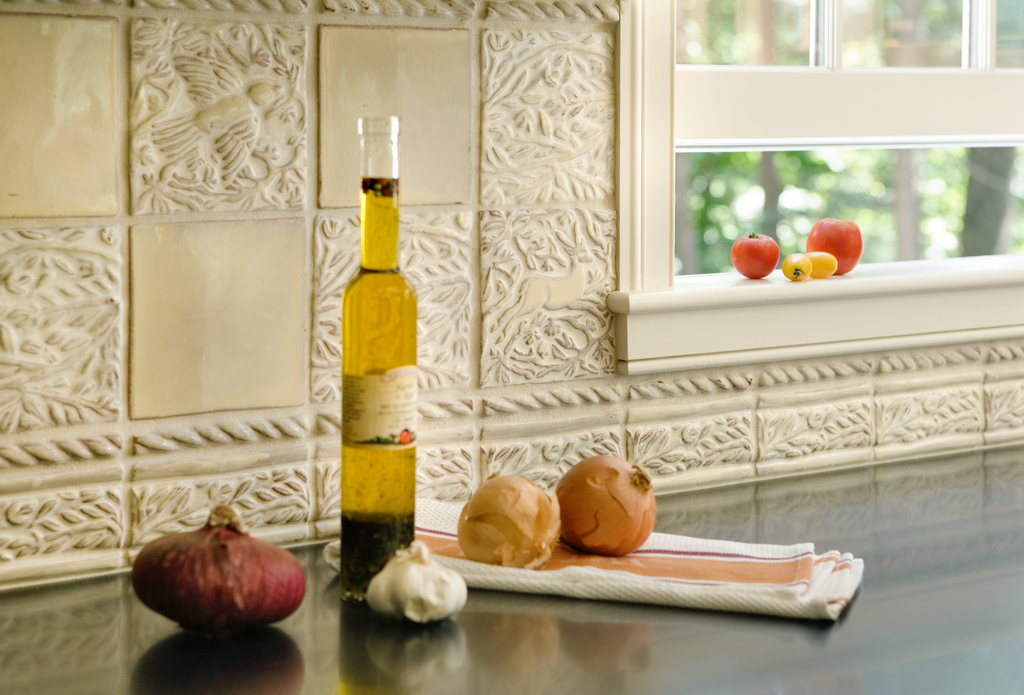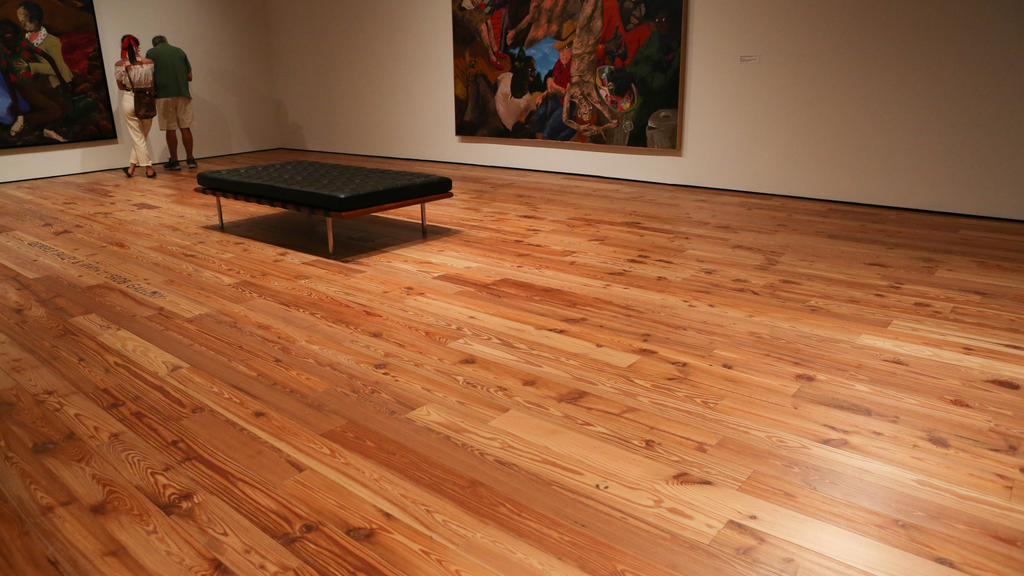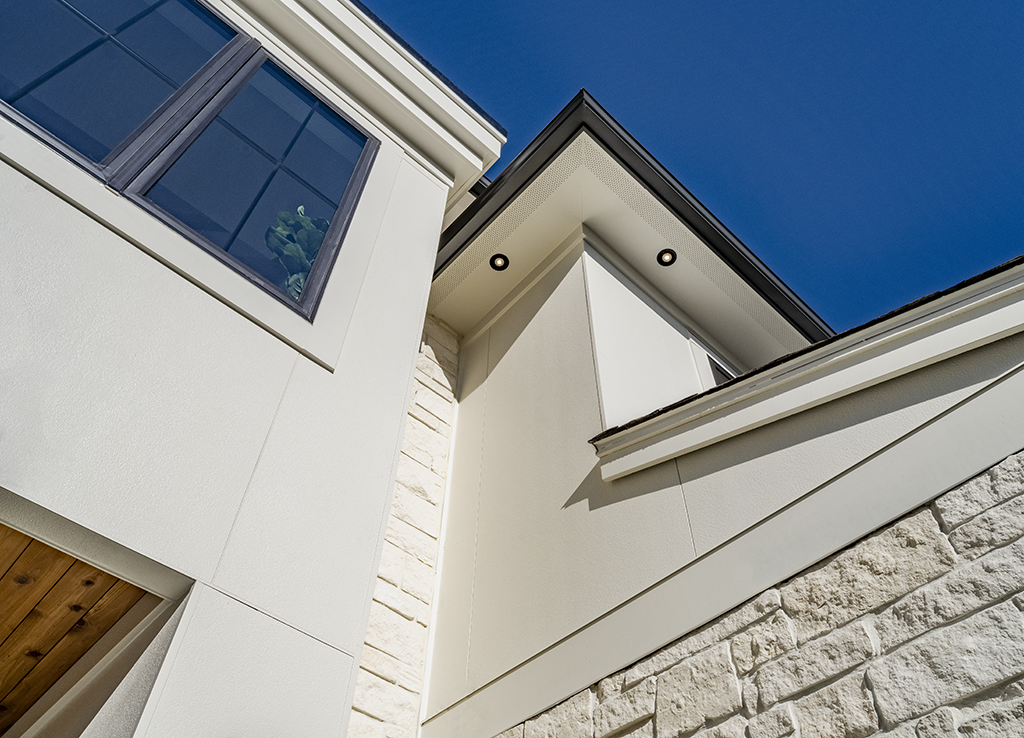
Roofing
True or Faux: Period Roofing Choices
Many people assume that all roofing is immutable—products that are off-the-rack and what-you-see is-what-you-get—but folks who deal with period houses know better. Not only are there companies that will customize standard offerings to the needs and tastes of their customers, or recreate roofing patterns no longer in production, but also even create new products that cross over in appearance from one material type to another.
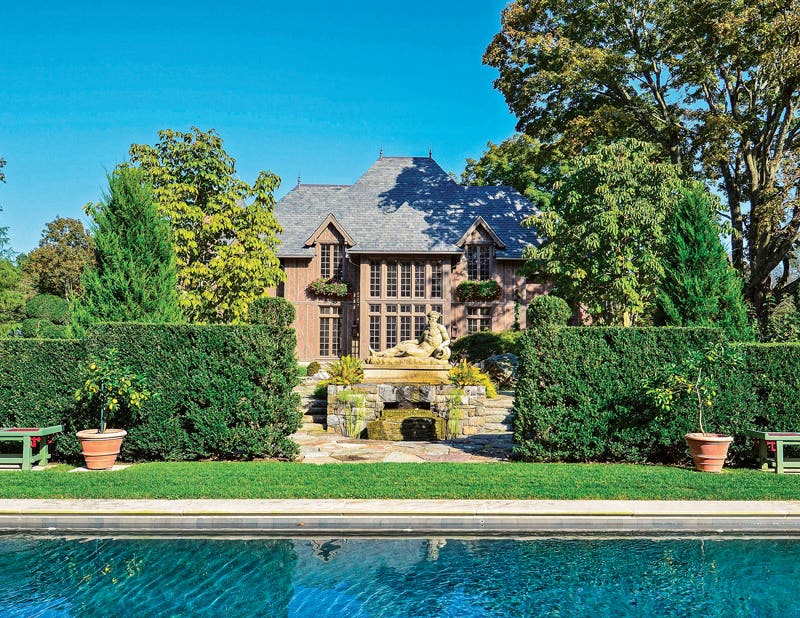
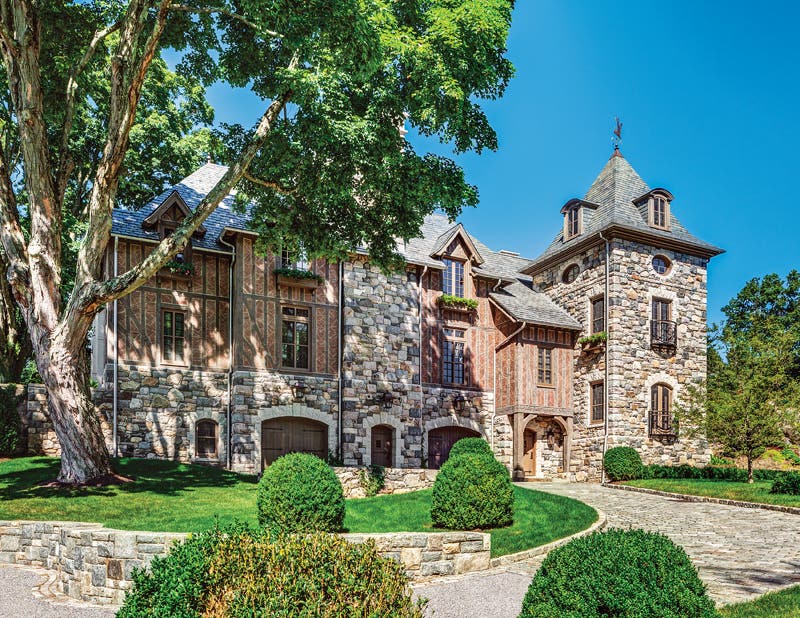
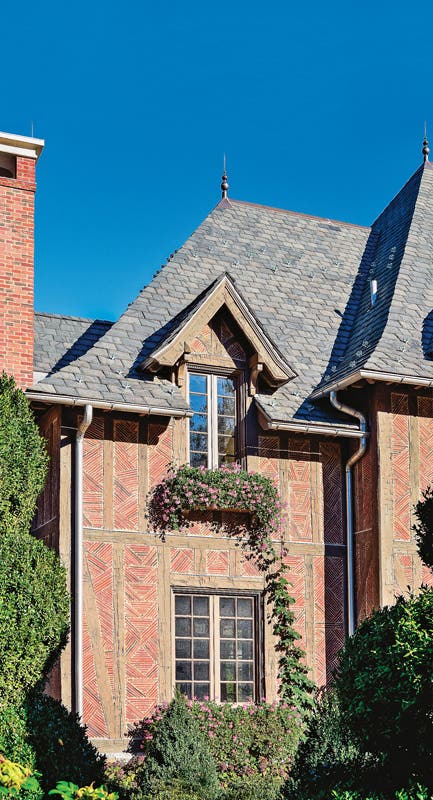
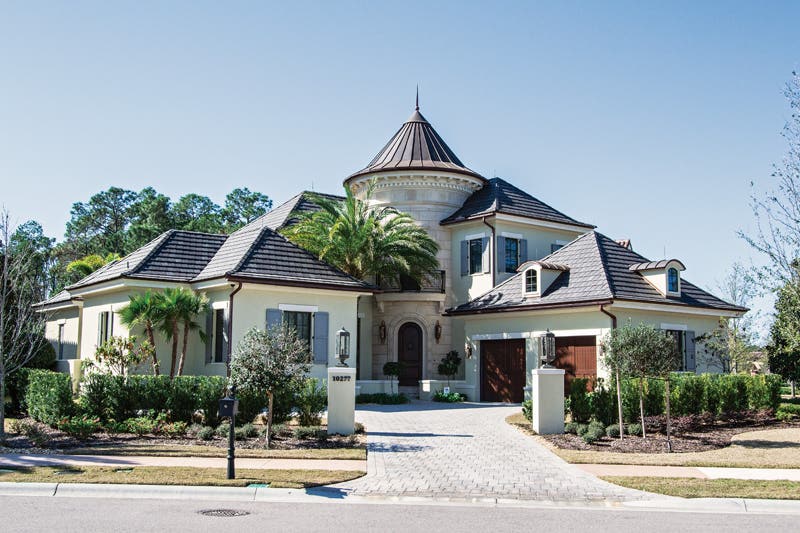

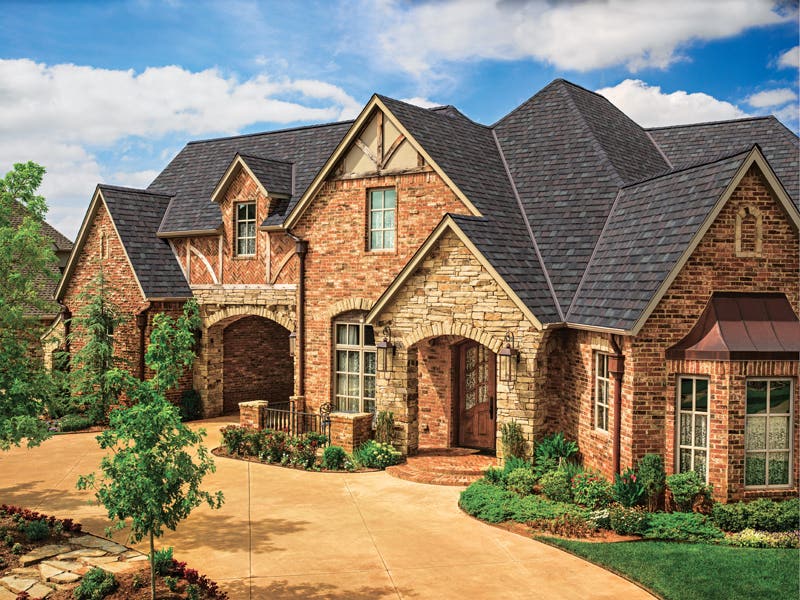
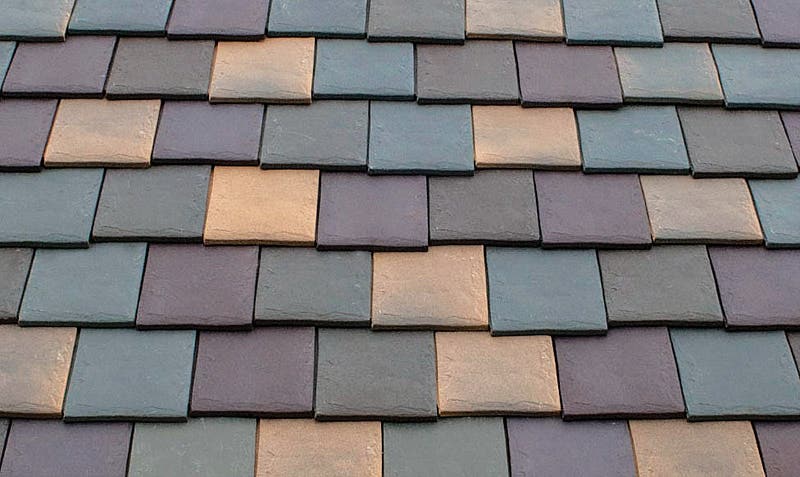
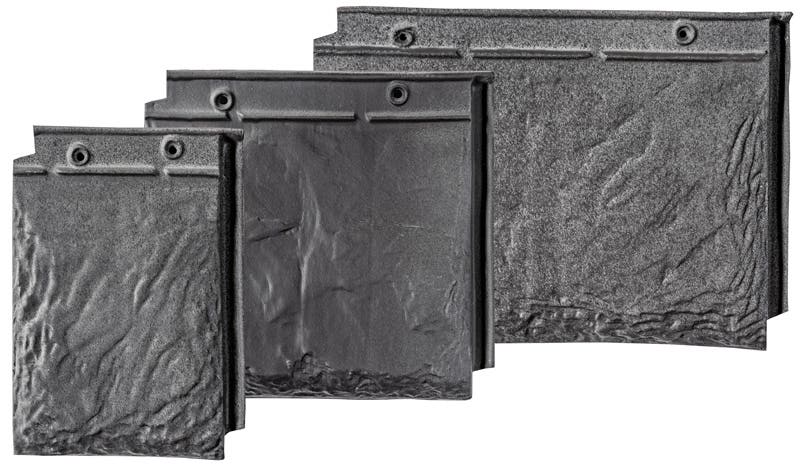
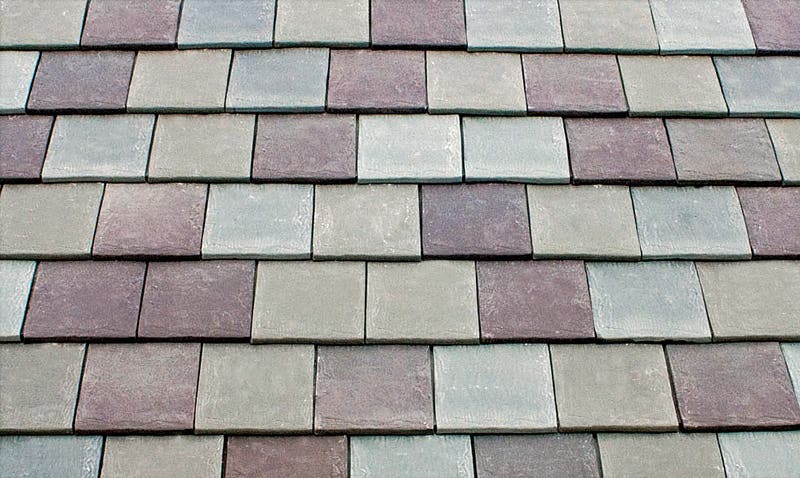
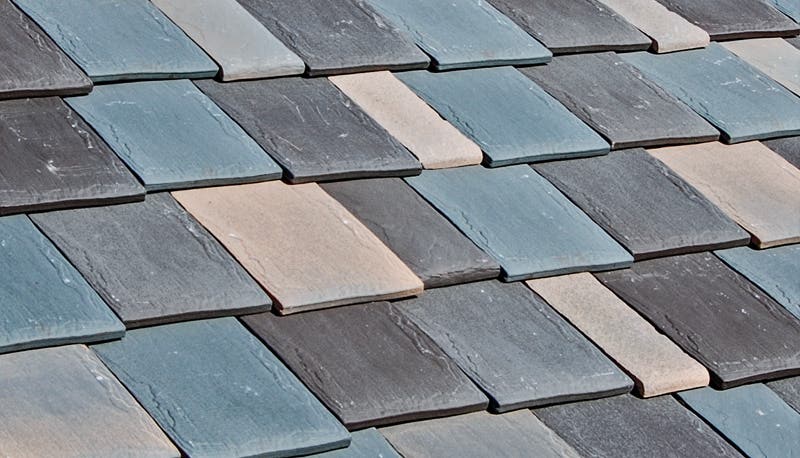
Should there be any doubt, the proliferation of shapes, colors, and materials that made roofing so interesting in the first half of the 20th century, but waned by the 1970s, is on the rise again, and propelled by consumer interest. “We’re seeing a lot of growth in high-end custom homes,” says Sherrye McCabe at Ludowici Roof Tiles in New Lexington, Ohio, “but since these houses are trending not as large as in the past, clients are choosing higher-quality finishes, which really plays well for us.” She notes that while clay tile is among the more expensive roofing materials, it brings returns. “With that price tag comes quality, durability, and customization that allows a homeowner to really make this roof their own.”
Leslie Franklin at GAF Materials Corporation in Parsippany, New Jersey, reports that asphaltic shingles are also in a big upswing. “The market for creative roofing shingle types has never been better,” she says. “Homeowners are more aware of the different types of shingles and how they can truly impact the overall aesthetic of the home.” She adds that roofs can represent up to 40 percent of a home’s curb appeal. “Homeowners certainly want to ensure that they are installing roofing products that will protect the contents of their home, but they also want to use the exterior of the home as a way of expressing themselves and showing a bit more of their personality.”
As for concrete tile, Michael Lukis of Vande Hey Raleigh in Little Chute, Wisconsin, sees a similar interest. “Our big goal is to give each customer exactly what they want in color and create one-of-a-kind roofs for people that really want to do something unique and different.” He explains that their point of pride is not only quality, but all the colors, color combinations, and sequences of color they can make—even different finishes on the surface of the tile. “Our plant manager tells me that, in the last 30 years, we’ve made over 4,000 different color combinations.”
Custom Cladding
In fact, color and customizing typically go hand-in-hand. For instance, Franklin says, “Several options exist to take the look of a GAF Designer Roof and customize it even further,” noting that this is especially the case with the variety of shingle styles available within the company’s Value Designer Shingle Collection. “A perfect example are Slateline Shingles, which have such a clean, slate-look profile. The line lends itself to customization through the combination of different shingle colors to create interesting designs on the roof.” She adds, “All of our shingle colors are designed with input from color and design experts who are well versed in current and forward-looking trends.”
Clay tile, where pigments are fired-on in the glazing process, is another roof material readily customized with color. “Most of our products are custom and made on an order-by-order basis,” says McCabe of Ludowici, which offers over 40 designer colors as well as their custom color development process. “Because we have the ability to customize not only the roof tile profile, but also the textures and colors, we’re also able to produce really good matches of existing tile or for the aesthetic of a house or building.”
Lukis says Vande Hey Raleigh uses different surface color sprays to produce in concrete tiles what are called color sequences. “We don’t just have three distinct colors, one after another, we will actually blend the colors softly and subtly throughout the tiles.” As he explains, some tiles will have distinct colors, but here and there the viewer will also see a flow of colors within one tile. “It creates a softer effect on the roof,” he says, “not this blotchy checkerboard-like appearance.” Being a smaller producer, he says they can be more custom-oriented. “We work closely with each customer and building owner to create the kind of look they want.”
For roofing tiles, customizing can also mean possibilities for recreating long-gone patterns. Lukis
recalls a homeowner who only needed 15 pieces of discontinued concrete rake edge tile for a roof repair. “The manufacturer stopped making the tiles 40 years ago, and he couldn’t find them anywhere as salvage,” he says, “so we made those pieces for him.” Moreover, not every customer is an individual. “Insurance companies like Allstate and State Farm have come to us for hail-damaged roofs where there are maybe only 50 broken tile. Rather than replace the whole roof for, say, $70,000, it only costs a few thousand dollars for us to make 50 exactly matching pieces.”
He adds that matching color on a seasoned concrete roof can be tricky, and there’s a lot of labor and time involved in making molds (which can only turn out one tile a day), but they will tackle most kinds of discontinued concrete tiles from defunct companies. The custom reproduction process starts with supplying Lukis’ company with a full existing tile from which they can make a mold. “Just as with clay tile, salvage is going to be the best match, and usually the least costly,” he says. “So as a last resort, we can make most any kind of concrete piece that people might need.”
At Ludowici, McCabe says they too will help replicate out-of-production clay tiles. “One of the things we’re most proud of is our ability to take pieces in, do some hand-carving, and make them match historic tile for sympathetic additions or entire roof replacements.” They have reproduced patterns for out-of-business manufacturers, but naturally, they have the most success with their own product line. “Because of our history beginning in 1888, we still have many molds and designs that we were doing decades ago.”
She says they usually request the client first send them six to ten tiles in whatever is the color range. “We’ll evaluate the tiles to see if there is a close match in an already-existing Ludowici profile and, if not, what it would cost to replicate in shape, color, and texture.” If there are specific accessories, such as ridge tiles or terminals, the process varies quite a bit, “but it all starts with sending us samples to evaluate.”
Suppose the client only needs 10 percent new tile for a re-roof – or even less for a small storm damage repair? “We have a program called Renovation Quick-Ship where we stock a select number of four of our major historic tile profiles and in six of the historic colors. So, if you have an order of less than 100 pieces in one of the six colors or four shapes, we can ship that out to you within two weeks.”
Mercurial Materials
Turns out, when you’re so proficient at customizing your own, current roofing line that you can replicate products from the past—even from other producers—it’s only a short step to emulating roofing of a completely different ilk. Man-made tiles and shingles that capture the cachet of slate are a growing example.
With this in mind, McCabe says the slate look in clay has been increasingly popular, and for several reasons. “Of our two slate products, Ludoslate has been around the longest. It’s our lightweight slate—less than 6 lbs. per sq. ft. or about half the weight of natural slate (8 to 10 lbs. per sq. ft.)—so it can go on many more kinds of structures where weight could be an issue.” She adds that as an interlocking tile, it requires fewer pieces than a traditional slate roof, which saves on installation time as well as weight. They have some colors they recommend that mimic slate very well, but people can order specific colors and even some textures. “The product comes in a standard size, with a subtle, lightly quarried slate look, as well as the Premier Package, so you can do a random width appearance, or a staggered look where the courses are uneven.”
The company’s latest clay-slate product, Lexington Slate, takes a different approach. “We wanted to create an authentic-looking version of slate and cedar shake, but with the longevity of Grade One clay tile, and have it be affordable and off-the-shelf.” To do this, she says they’re running this collection between custom jobs, keeping stock in the yard and the price low. Though more standardized than its sister slatelike, the Lexington Slate has a thicker butt and a wider profile.
Asphaltic shingles too adapt deftly to slate ambiance. In addition to the long-running popularity of Slateline Shingles, GAF is following suit with more creative products. As Franklin explains, their Value Designer Shingle Collection includes, “Camelot II Shingles, which provide a more traditional slate look; Sienna Shingles, which offer a beautiful slate-look shingle that provides a look of old-world elegance with a diamond design; and Woodland Shingles, which provide a beautiful, rustic European staggered-slate look.” There’s even a nod to clay with Monaco Shingles, “the first asphaltic shingle that provides the look of tile without the associated hassles.”
Turns out, concrete is equally effective as an alternative to natural slate. “We do a couple different colors with the Modern Slate product, such as a New England Slate sequence and an Early American Slate sequence,” says Lukis. “The way the blend works, you almost can’t tell the difference from real slate at even a short distance.” Since Vande Hey’s concrete tiles have an unfinished, rugged bottom edge, they are more appealing than many other concrete tiles that are machine-cut, and the smaller size—10-inch by 15-inch—looks more like natural slate. He adds that concrete slate tiles have the advantage of being thicker than natural slate. “Many people want thick slate because it creates nice shadow lines, but thick slate costs more and is drastically heavier. With a concrete tile, you get the shadow lines automatically without increasing the weight and at lower cost.”
Gordon Bock, co-author of The Vintage House lists his fall 2016 courses, seminars, and keynote addresses at www.gordonbock.com.
Gordon Bock, co-author of The Vintage House (www.vintagehousebook.com), is an in-demand speaker for courses, seminars, and keynote addresses through www.gordonbock.com.




